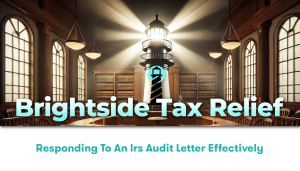Understanding Clean Energy Credits: A Guide to Available Credits and Elective Pay Eligibility
In the evolving landscape of clean energy, tax-exempt and governmental entities have a new opportunity to benefit from clean energy tax credits. This opportunity has been made possible by the Inflation Reduction Act of 2022 (IRA). This article is part of a series designed to inform Indian tribal governments about the intricacies of clean energy tax credits and the process of making elective payment elections.
The IRA has paved the way for Indian tribal governments and Alaskan Native Corporations to take advantage of specific clean energy tax credits through elective pay. Starting from tax years that begin after December 31, 2022, any qualifying entity can make an elective payment election if they qualify for a clean energy tax credit. This election allows certain credits to be treated as a payment against federal income tax liabilities, rather than as a nonrefundable credit. The credit amount will first be used to offset any tax liability of the entity, with any surplus being refundable.
Which Credits are Eligible for Elective Pay?
Different credits fall under this provision, including:
– 30C: Alternative Fuel Vehicle Refueling Property Credit
– 45(a): Renewable Electricity Production Credit
– 45Q(a): Carbon Oxide Sequestration Credit
– 45U(a): Zero-Emission Nuclear Power Production Credit
– 45V(a): Clean Hydrogen Production Credit
– 45W: Qualified Commercial Clean Vehicle Credit
– 45X(a): Advanced Manufacturing Production Credit
– 45Y(a): Clean Electricity Production Credit
– 45Z(a): Clean Fuel Production Credit
– 48: Energy Credit
– 48C: Qualified Advanced Energy Project Credit
– 48E: Clean Electricity Investment Credit
For a more detailed breakdown of each credit, refer to Publication 5817-G.
For more information about clean energy credits, visit the IRS pages for tribes and clean energy.




